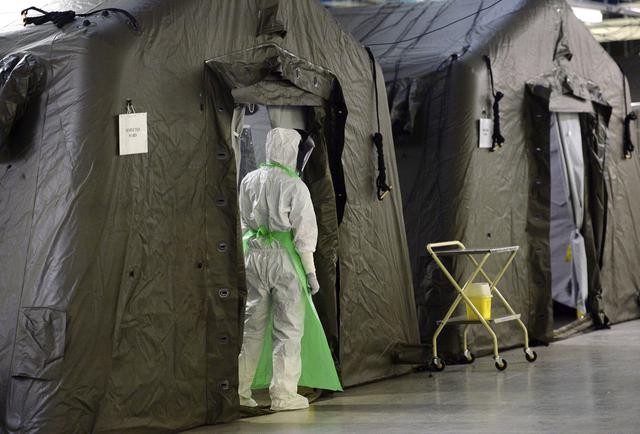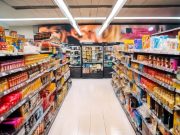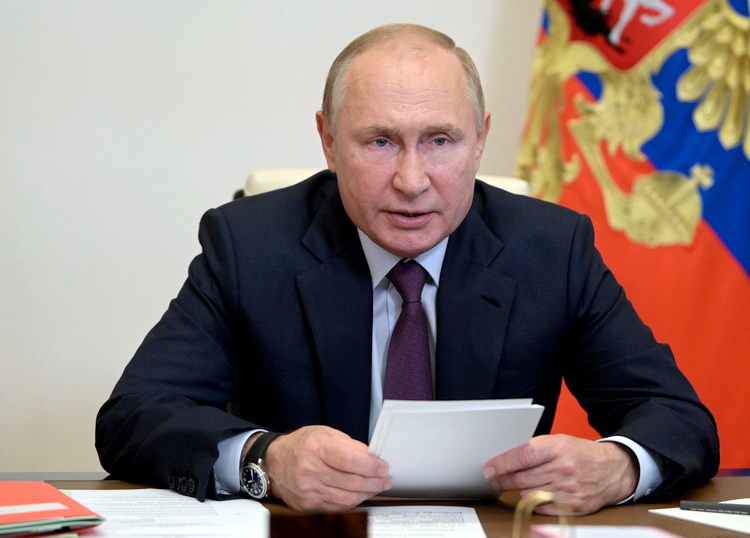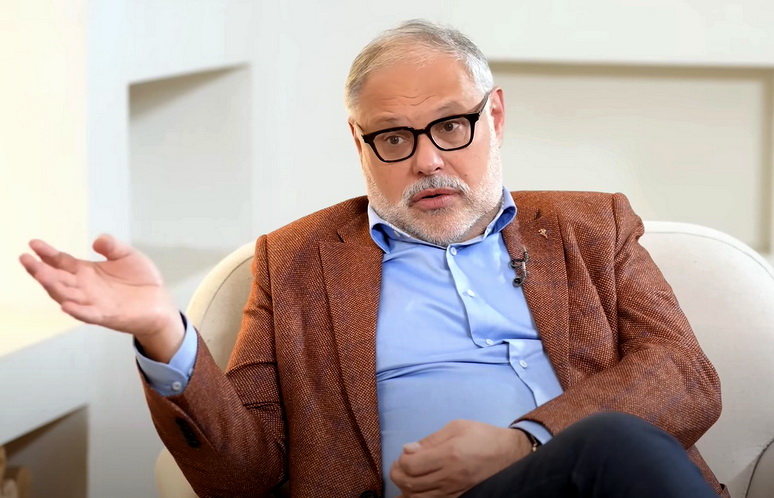
Pandemija koronavirusa može se dramatično usporiti ili zaustaviti uz neposrednu široku upotrebu velikih doza vitamina C.
Lekari su decenijama demonstrirali snažno antivirusno delovanje vitamina C. Nedostajalo je medijsko izveštavanje o ovom efikasnom i uspešnom pristupu protiv virusa uopšte, a posebno koronavirusa.
Veoma je važno maksimizovti antioksidativni kapacitet i prirodni imunitet kako bi se sprečili i minimizovali simptomi kada virus napada ljudsko telo.
Okolina domaćina je presudna. Prevencija je očigledno lakša nego lečenje teške bolesti. Ali, ozbiljnu bolest treba ozbiljno tretirati.
Ne oklevajte da potražite lekarsku pomoć. To nije pitanje izbora. Vitamin C se može upotrebljavati zajedno sa prepisanim lekovima.
Lekari Orthomolecular Medicine News Service i Međunarodnog društva za ortomolekularnu medicinu insistiraju na metodi zasnovanoj na hranljivim materijama, kako bi se sprečili ili minimizovali simptomi buduće virusne infekcije. Sledeće jeftine količine suplemenata preporučuju se odraslim osobama; za decu se smanjuju srazmerno sa telesnom težinom:
Vitamin C: 3.000 miligrama (ili više) dnevno, u podeljenim dozama.
Vitamin D3: 2.000 internacionalnih jedinica dnevno. (Počnite sa 5.000 IU na dan tokom dve nedelje, a zatim smanjite na 2.000)
Magnezijum: 400 mg dnevno (u obliku citrata, malata, helata ili hlorida)
Cink: 20 mg dnevno
Selen: 100 mcg (mikrograma) dnevno
Pokazalo se da vitamin C, vitamin D, magnezijum, cink i selen jačaju imuni sistem od virusa.
Osnova za korišćenje visokih doza vitamina C za sprečavanje i borbu protiv bolesti uzrokovanih virusom proističe iz uspešnosti vitamina C protiv polia, koji je prvi put otkriven krajem 40-ih.
Mnogi ljudi nisu ni svesni, čak su i iznenađeni kada ovo čuju. Sledeći klinički dokazi prikupljeni tokom decenija doveli su do antivirusnog protokola objavljenog 1980. godine.
Važno je zapamtiti da su prevencija i lečenje respiratornih infekcija velikim količinama vitamina C provereni.
Oni koji veruju da je vitamin C koristan, ali da su velike doze neefikasne ili na neki način štetne, moraju da pročitaju rad ovih lekara.
Odbaciti ga samo zato što su oni tako davno ostvarili uspeh zaobilazi jedno važnije pitanje: Zašto koristi njihovog lekarskog iskustva nisu predstavljene javnosti od strane odgovornih državnih organa, posebno u slučaju virusne pandemije?
Reference:
1. Vitamin C:
Case HS (2018) Vitamin C questions answered. Orthomolecular Medicine News Service, http://orthomolecular.org/resources/omns/v14n12.shtml.
Gonzalez MJ, Berdiel MJ, Duconge J (2018) High dose vitamin C and influenza: A case report. J Orthomol Med. June, 2018, 33(3). https://isom.ca/article/high-dose-vitamin-c-influenza-case-report.
Gorton HC, Jarvis K (1999) The effectiveness of vitamin C in preventing and relieving the symptoms of virus-induced respiratory infections. J Manip Physiol Ther, 22:8, 530-533. https://www.ncbi.nlm.nih.gov/pubmed/10543583
Hemilä H (2017) Vitamin C and infections. Nutrients. 9(4). pii:E339. https://www.ncbi.nlm.nih.gov/pubmed/28353648.
Hickey S, Saul AW (2015) Vitamin C: The real story. Basic Health Pub. ISBN-13: 978-1591202233.
Levy TE (2014) The clinical impact of vitamin C. Orthomolecular Medicine News Service, http://orthomolecular.org/resources/omns/v10n14.shtml
OMNS (2007) Vitamin C: a highly effective treatment for colds. http://orthomolecular.org/resources/omns/v03n05.shtml.
OMNS (2009) Vitamin C as an antiviral http://orthomolecular.org/resources/omns/v05n09.shtml.
Taylor T (2017) Vitamin C material: where to start, what to watch. OMNS, http://www.orthomolecular.org/resources/omns/v13n20.shtml.
Yejin Kim, Hyemin Kim, Seyeon Bae et al. (2013) Vitamin C is an essential factor on the anti-viral immune responses through the production of interferon-α/β at the initial stage of influenza A virus (H3N2) infection. Immune Netw. 13:70-74. https://www.ncbi.nlm.nih.gov/pubmed/23700397.
2. Vitamin D:
Cannell JJ, Vieth R, Umhau JC et al. (2006) Epidemic influenza and vitamin D. Epidemiol Infect. 134:1129-1140. https://www.ncbi.nlm.nih.gov/pubmed/16959053.
Cannell JJ, Zasloff M, Garland CF et al. (2008) On the epidemiology of influenza. Virol J. 5:29. https://www.ncbi.nlm.nih.gov/pubmed/16959053.
Ginde AA, Mansbach JM, Camargo CA Jr. (2009) Association between serum 25-hydroxyvitamin D level and upper respiratory tract infection in the Third National Health and Nutrition Examination Survey. Arch Intern Med. 169:384-390. https://www.ncbi.nlm.nih.gov/pubmed/19237723.
Martineau AR, Jolliffe DA, Hooper RL et al. (2017) Vitamin D supplementation to prevent acute respiratory tract infections: systematic review and meta-analysis of individual participant data. BMJ. 356:i6583. https://www.ncbi.nlm.nih.gov/pubmed/28202713.
Urashima M, Segawa T, Okazaki M et al. (2010) Randomized trial of vitamin D supplementation to prevent seasonal influenza A in schoolchildren. Am J Clin Nutr. 91:1255-60. https://www.ncbi.nlm.nih.gov/pubmed/20219962.
von Essen MR, Kongsbak M, Schjerling P et al. (2010) Vitamin D controls T cell antigen receptor signaling and activation of human T cells. Nat Immunol. 11:344-349. https://www.ncbi.nlm.nih.gov/pubmed/20208539.
3. Magnesium:
Dean C (2017) Magnesium. OMNS, http://www.orthomolecular.org/resources/omns/v13n22.shtml
Dean C. (2017) The Magnesium Miracle. 2nd Ed., Ballantine Books. ISBN-13: 978-0399594441.
Levy TE (2019) Magnesium: Reversing Disease. Medfox Pub. ISBN-13: 978-0998312408
4. Zinc:
Fraker PJ, King LE, Laakko T, Vollmer TL. (2000) The dynamic link between the integrity of the immune system and zinc status. J Nutr. 130:1399S-406S. https://www.ncbi.nlm.nih.gov/pubmed/10801951.
Liu MJ, Bao S, Gálvez-Peralta M, et al. (2013) ZIP8 regulates host defense through zinc-mediated inhibition of NF-кB. Cell Rep. 3:386-400. https://www.ncbi.nlm.nih.gov/pubmed/23403290.
Mocchegiani E, Muzzioli M. (2000) Therapeutic application of zinc in human immunodeficiency virus against opportunistic infections. J Nutr. 130:1424S-1431S. https://www.ncbi.nlm.nih.gov/pubmed/10801955.
Shankar AH, Prasad AS. (1998) Zinc and immune function: the biological basis of altered resistance to infection. Am J Clin Nutr. 68:447S-463S. https://www.ncbi.nlm.nih.gov/pubmed/9701160.
5. Selenium:
Beck MA, Levander OA, Handy J. (2003) Selenium deficiency and viral infection. J Nutr. 133:1463S-1467S. https://www.ncbi.nlm.nih.gov/pubmed/12730444.
Hoffmann PR, Berry MJ. (2008) The influence of selenium on immune responses. Mol Nutr Food Res. 52:1273-1280. https://www.ncbi.nlm.nih.gov/pubmed/18384097.
Steinbrenner H, Al-Quraishy S, Dkhil MA et al. (2015) Dietary selenium in adjuvant therapy of viral and bacterial infections. Adv Nutr. 6:73-82. https://www.ncbi.nlm.nih.gov/pubmed/25593145.
6. Klenner FR. The treatment of poliomyelitis and other virus diseases with vitamin C. J South Med Surg 1949, 111:210-214. http://www.doctoryourself.com/klennerpaper.html.
7. Cathcart RF. The method of determining proper doses of vitamin C for treatment of diseases by titrating to bowel tolerance. Australian Nurses J 1980, 9(4):9-13. http://www.doctoryourself.com/titration.html
Nutritional Medicine is Orthomolecular Medicine
Orthomolecular medicine uses safe, effective nutritional therapy to fight illness. For more information: http://www.orthomolecular.org
Webtribune.rs

























